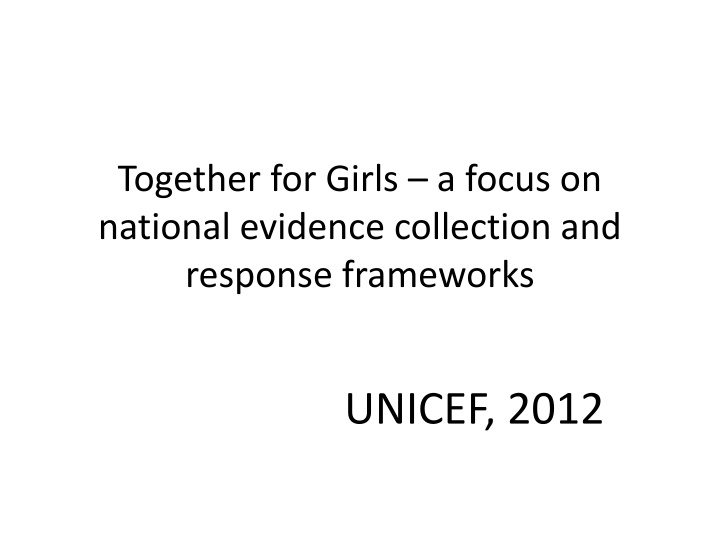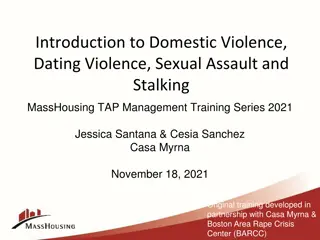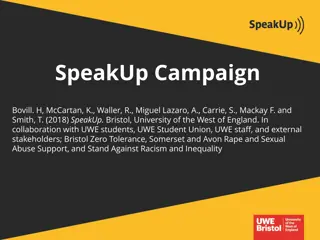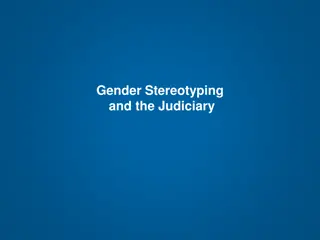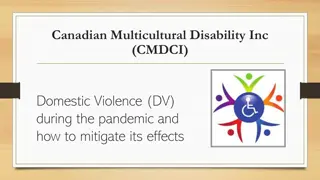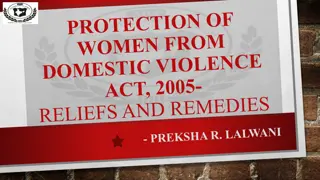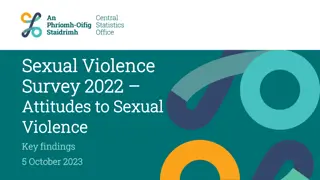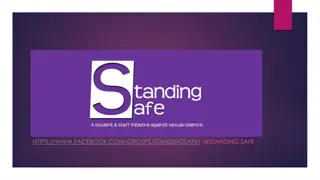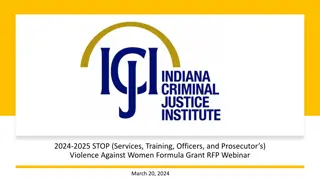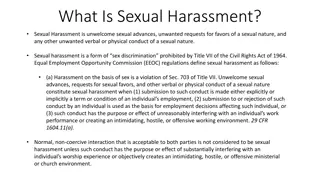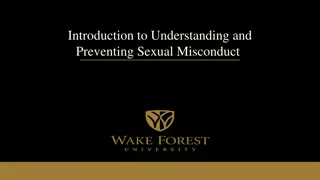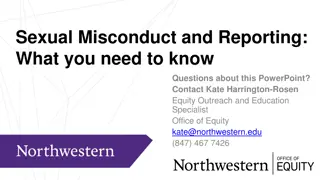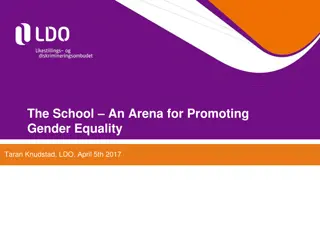Addressing Childhood Sexual Violence: Together for Girls Initiative Overview
The Together for Girls initiative, a collaboration of various partners, aims to end sexual violence against girls through national surveys, coordinated programs, and global advocacy. Targeting regions in Africa, East Asia, the Pacific, and Latin America, the initiative reveals alarming statistics on sexual violence, emphasizing the need for tailored responses to protect adolescents in poverty-stricken, HIV-affected, and gender unequal settings.
Download Presentation

Please find below an Image/Link to download the presentation.
The content on the website is provided AS IS for your information and personal use only. It may not be sold, licensed, or shared on other websites without obtaining consent from the author.If you encounter any issues during the download, it is possible that the publisher has removed the file from their server.
You are allowed to download the files provided on this website for personal or commercial use, subject to the condition that they are used lawfully. All files are the property of their respective owners.
The content on the website is provided AS IS for your information and personal use only. It may not be sold, licensed, or shared on other websites without obtaining consent from the author.
E N D
Presentation Transcript
Together for Girls a focus on national evidence collection and response frameworks UNICEF, 2012
TfG - What is it? A global initiative of multilateral, government and private sector partners (CDC, WHO, UNICEF, UNAIDS, UNFPA, UN WOMEN, USAID, Nduna Foundation ) to end sexual violence against girls Activities include support to: National surveys and data Coordinated programmes Global advocacy and awareness
Where? Africa (Kenya, Malawi, Swaziland, Tanzania, Zimbabwe) East Asia and the Pacific Latin America and the Caribbean (Haiti)
Violence against Children Surveys: 2007-2013
A snapshot from Tanzania Sexual, Physical and Emotional Violence in Childhood Reported by Females and Males aged 13 to 24 years 80 73.5 71.7 70 60 50 Percentage 40 27.9 27.5 30 23.6 20 13.4 10 0 Sexual Violence Physical Violence Emotional Violence Girls Boys
Perpetrators of Childhood Sexual Violence Reported by Males and Females Aged 13 to 24 years 8.6 Friend/Classmate 10.3 Girls Boys 7.1 Relatives 14.1 14.7 Auhtority Figure 2.8 32.2 Neighbour 16.6 32 Stranger 25 24.7 Dating Partner 47.9 0 20 40 60 Percentage
What the girls are telling us 35 30 25 20 What the girls are telling us 15 10 5 0 Prevalence Sought help Zimbabwe NBSLEA May 2012
Common findings Prevalence of sexual violence amongst adolescent girls (25 -35%) Majority of survivors are victims of child abuse (75-85%) Perpetrators are known (neighbours, family, partners) Absent or failing service provision and access (2 - 12%) Survivors more likely to engage in risky HIV behaviours
From Survey to Response VAC Surveys introduce new oppportunities for partnerships, funding, focus and innovation Response Plans usually multivariate in nature to address hyper-epidemic contexts characterised by poverty, HIV and gender inequality Highlights: Age and context sensitive responses (e.g. focus on young adolescents) Costed Targeted Linked to other national strategies, policies and laws (gender, HIV, GBV, social protection)
Challenges Politically sensitive Multi-sectoral and complex Poverty Reduction Strategy HIV Strategic Plan GBV Action Plan VAC Gender equality strategy OVC Action Plan Funding Ethical and meaningful involvement of survivors
And 2 questions 1. What is the cost? Cost benefit and cost effectiveness data is still limited TNZ/ Zim/ HQ developing model for testing 2. What works to support girls and boys in their transition to adulthood? Pilots national scale programmes with robust M+E required
